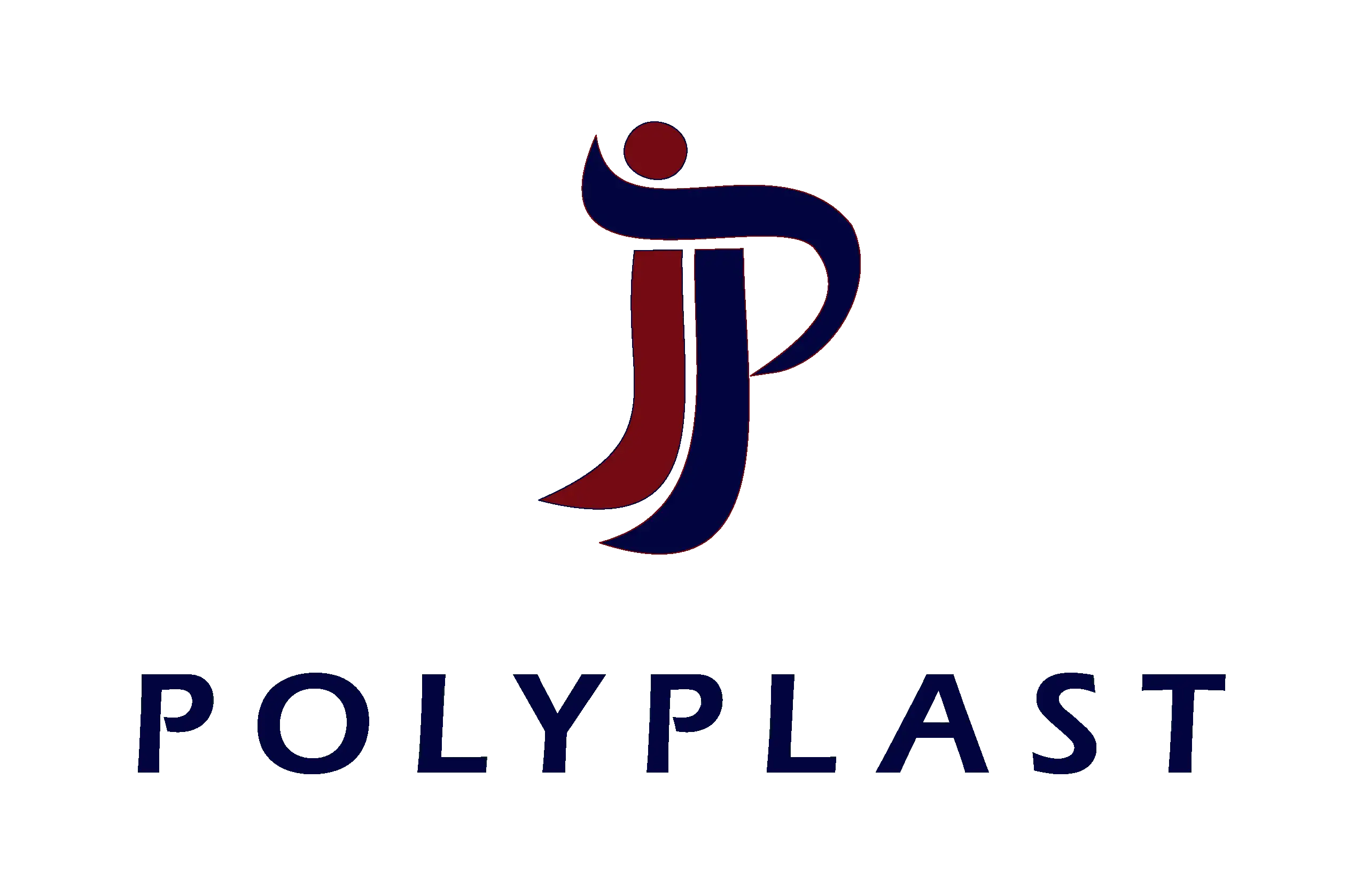If the invoice is for services rendered, ensure the services were provided as described on the invoice. Once you receive an invoice from a vendor or supplier, you or your accounting clerk need to review the bill for accuracy. These principles refer to the guidelines that all accounting teams, AP or otherwise, must follow when recording transactions and preparing financial statements to maintain legal compliance. Accounts Payable organizes and maintains vendor contact information, payment terms, and Internal Revenue Service W-9 information either manually or using a computer database. Larger businesses or any business that requires staff to travel may have their AP department manage their travel expenses. The travel management by the AP department might include making advance airline, car rental, and hotel reservations.
- AP teams must constantly be vigilant against fraud and theft, both from within the company and without.
- An AP department also handles internal payments for business expenses, travel, and petty cash.
- It also enables 3 way matching based on the supplier setting recorded during the onboarding.
- Other accounts payable processes include maintaining internal controls from identifying duplicate or fraudulent invoices, preventing duplicate payments, and accounts payable audits.
- Both of these accounts payable processes check for discrepancies prior to approving and paying invoices.
Accounting software will flag payments that are due soon, ensuring you see them with plenty of time to pay them. Using manual systems, you alone are responsible for viewing your manual ledger or spreadsheet to see what payments are due. When accounts payable items are paid, the accounts payable account is debited, with cash credited.
Is accounts payable a liability?
On a fundamental level, it is the total amount owed by your organization to suppliers and vendors for goods and services purchased. This amount shows up as a liability on the balance sheet and impacts the health of your organization’s cash flow. The main difference between accounts https://kelleysbookkeeping.com/how-are-retained-earnings-different-from-revenue/ payable and expenses is how they are recorded on a company’s financial statements. Accounts payable appear on the balance sheet, while expenses are recorded on the income statement. On the other hand, accounts payable represent unpaid purchases for goods or services.
What is the first step in the accounts payable process?
Purchase Order
The first step in the accounts payable process is sending out a purchase order (PO). For any service or goods that you order, you should send a PO to the supplying vendor to kick off the purchasing process. In some cases, the PO might be a physical document, and in others, the PO might be digital.
Maintaining your accounts payable process must be a priority for you to run your business properly. By implementing a good AP process from the start, you can eliminate the chances of heavy late charges. The reliability of your accounts payable process is a crucial factor What Is Accounts Payable? What Is The Process And What Is Included? in deciding how well you manage your business account. Accounts payable, when done inefficiently or with errors, can make you susceptible to fraud, seem unprofessional with your suppliers, and hesitant about the financial results of the next cash flow statement.
How is Accounts Payable Recorded on a Balance Sheet?
Not all vendor invoices have purchase orders or receiving reports, making the traditional three-way match impossible. Other payments that may need special verification include monthly payments such as lease agreements and contracts to ensure all payments rendered are legitimate and accurate. The accounts payable (AP) process is the process of accounting and paying your payments.

